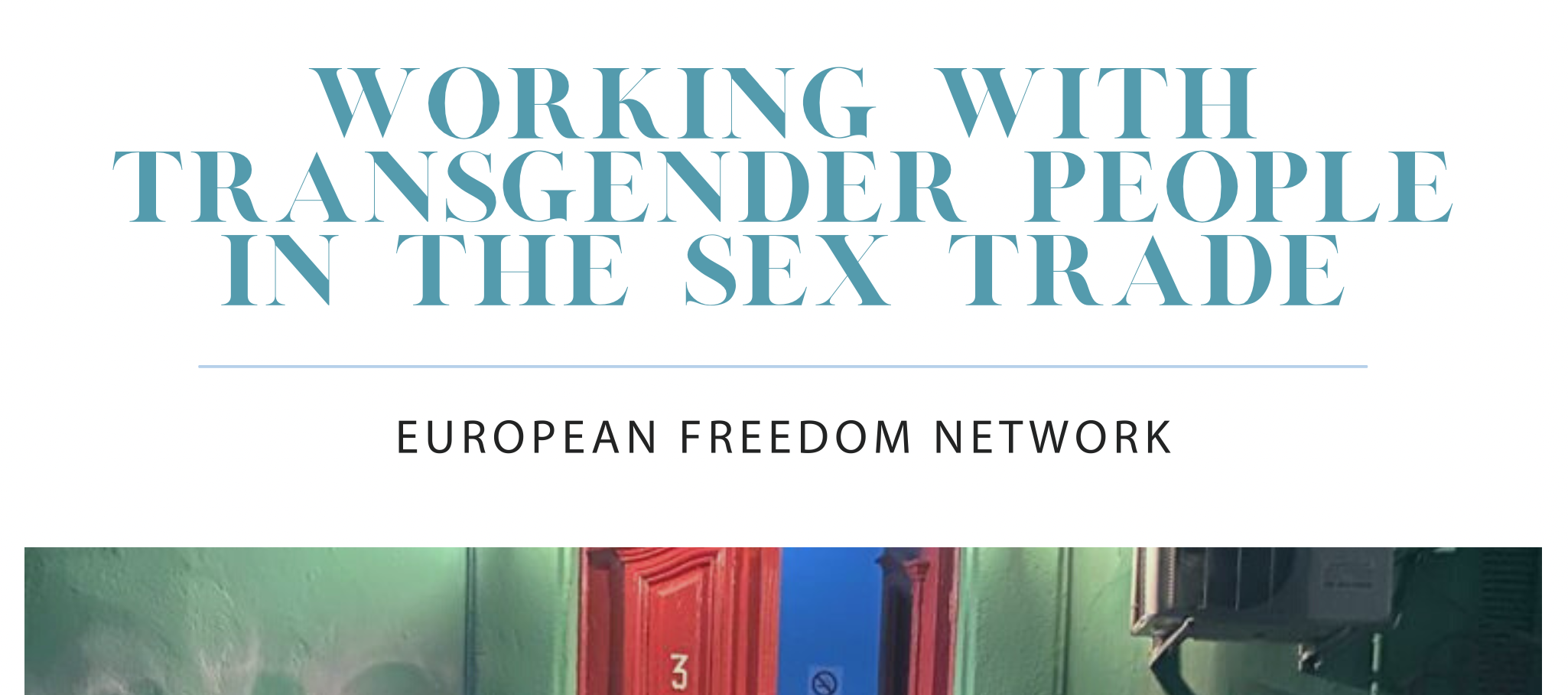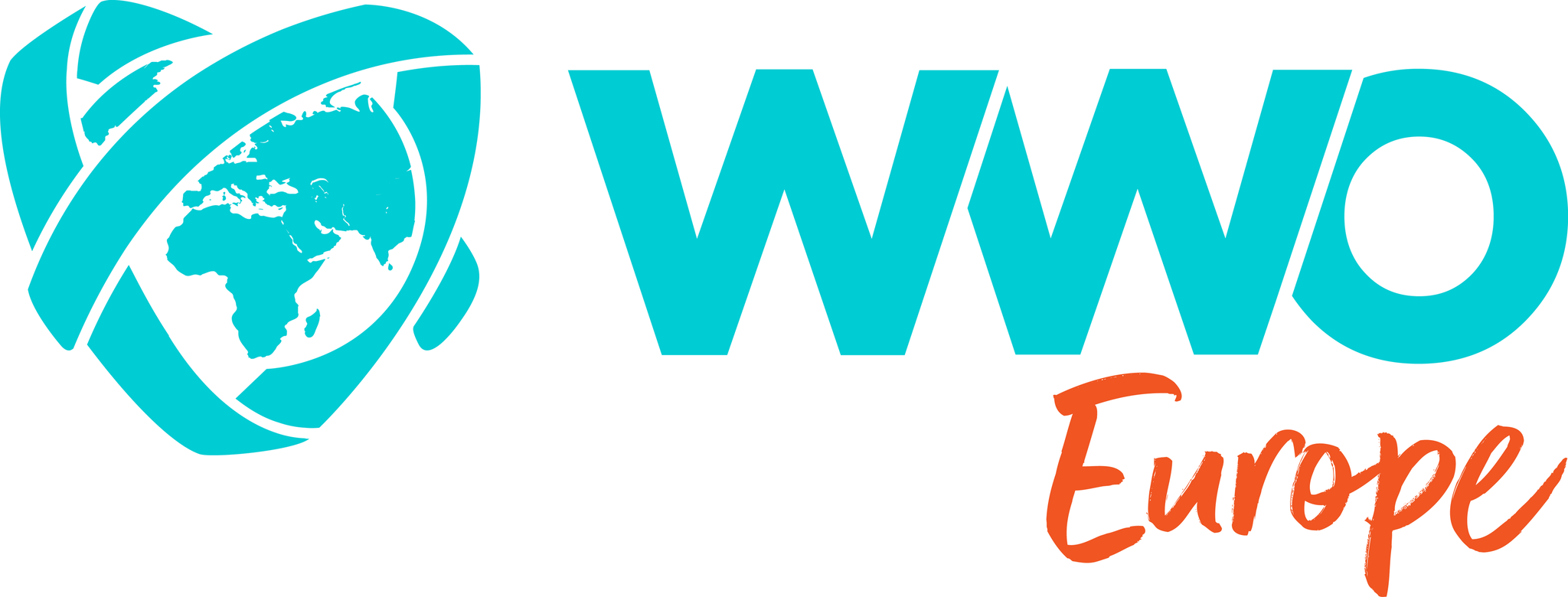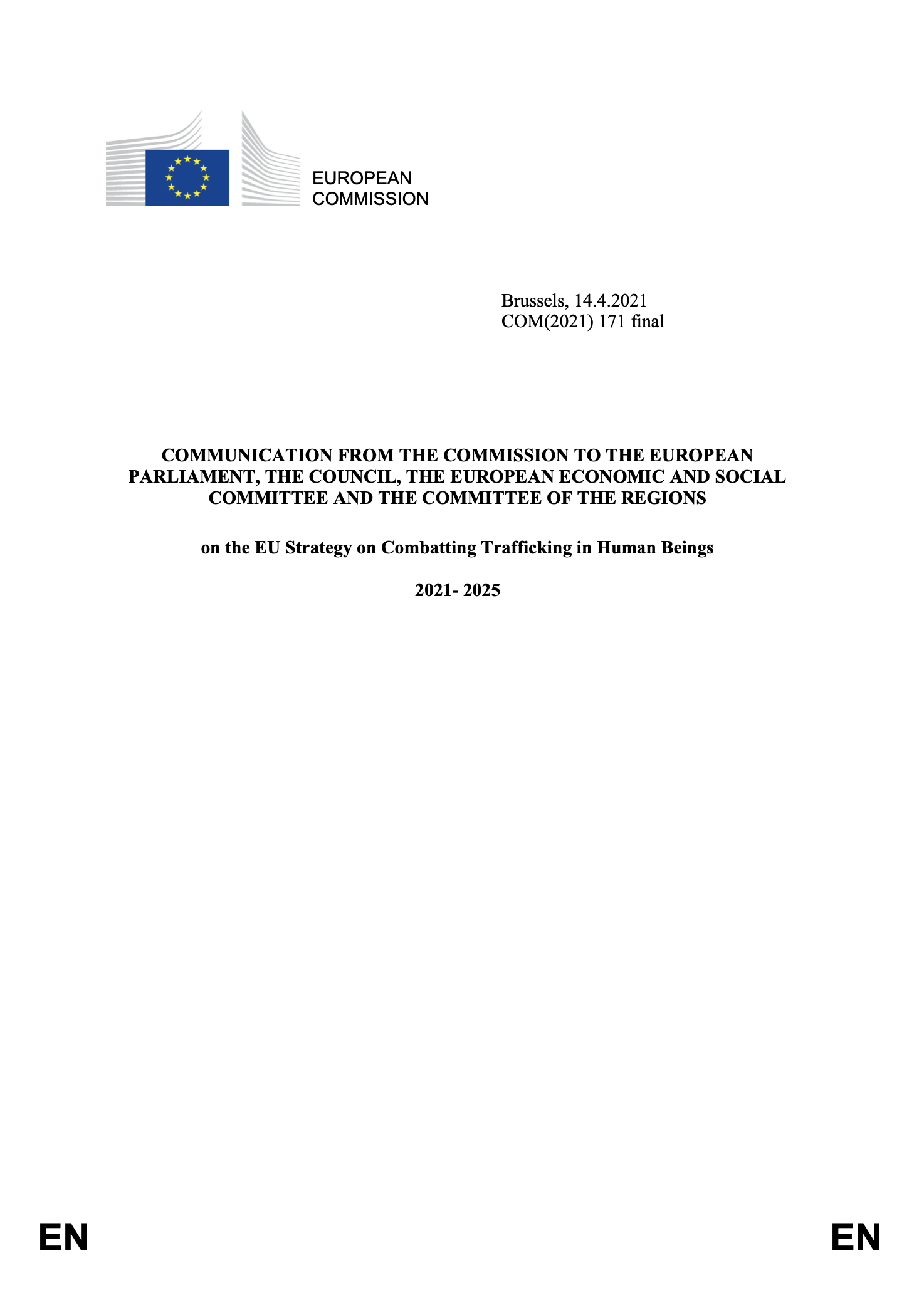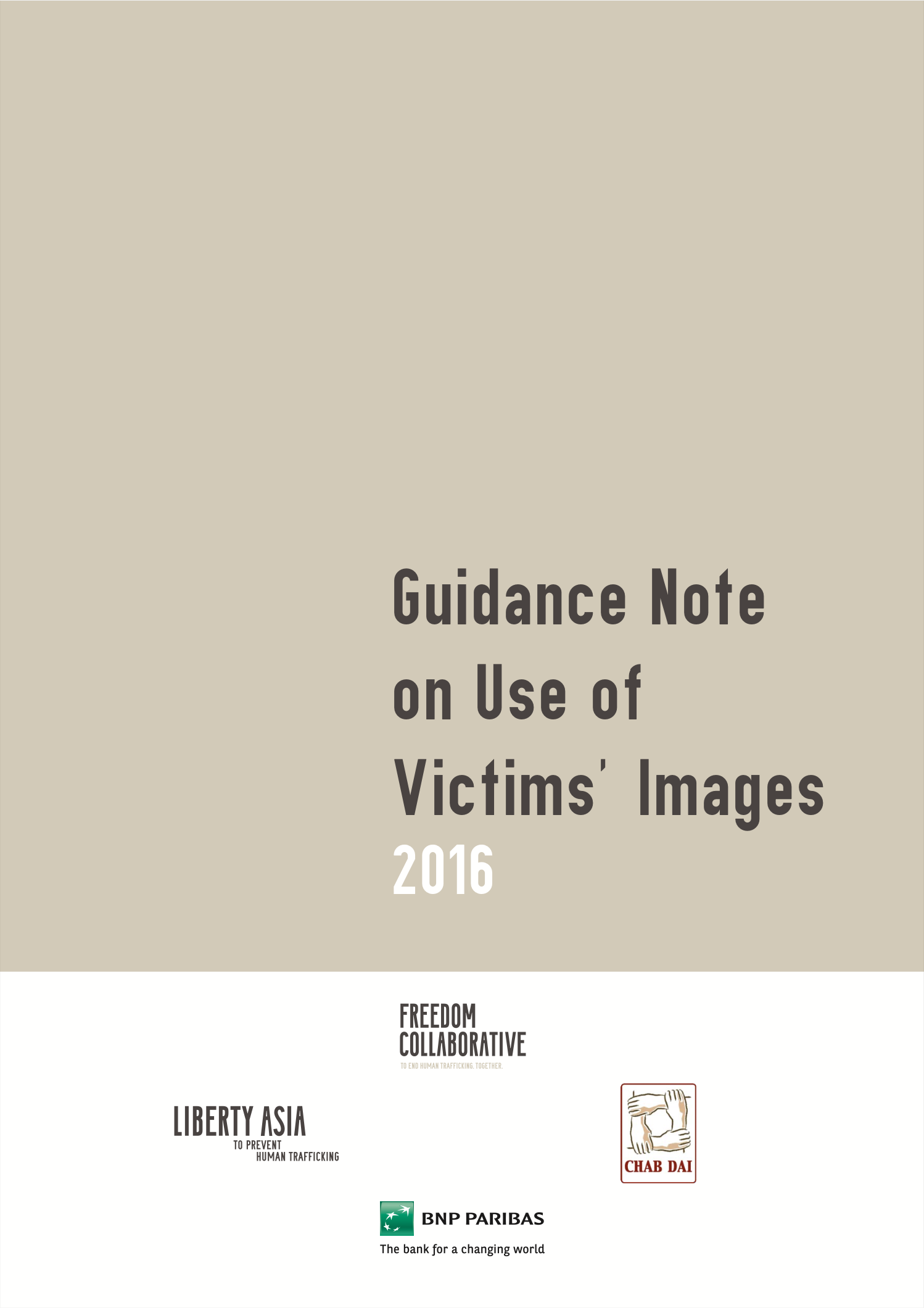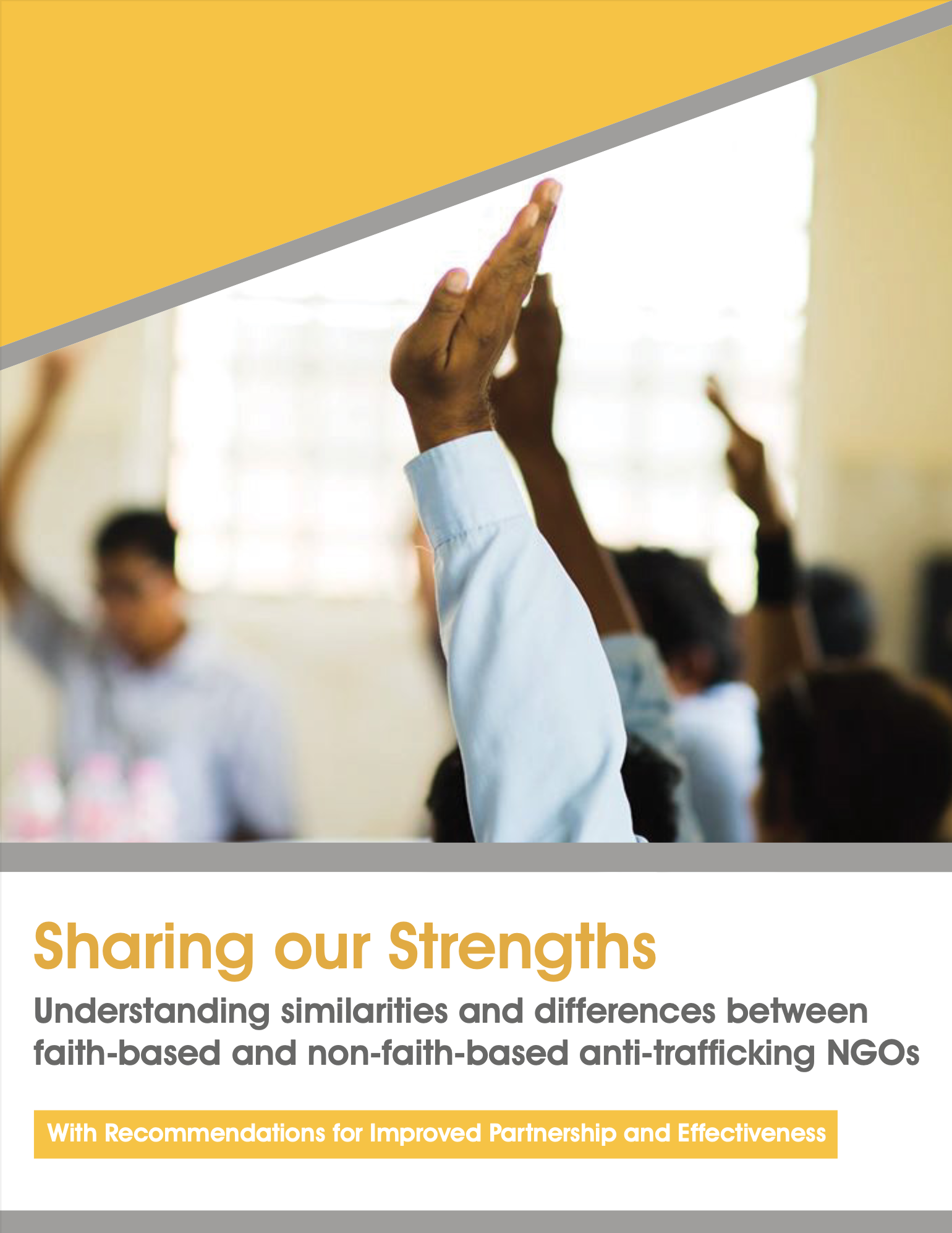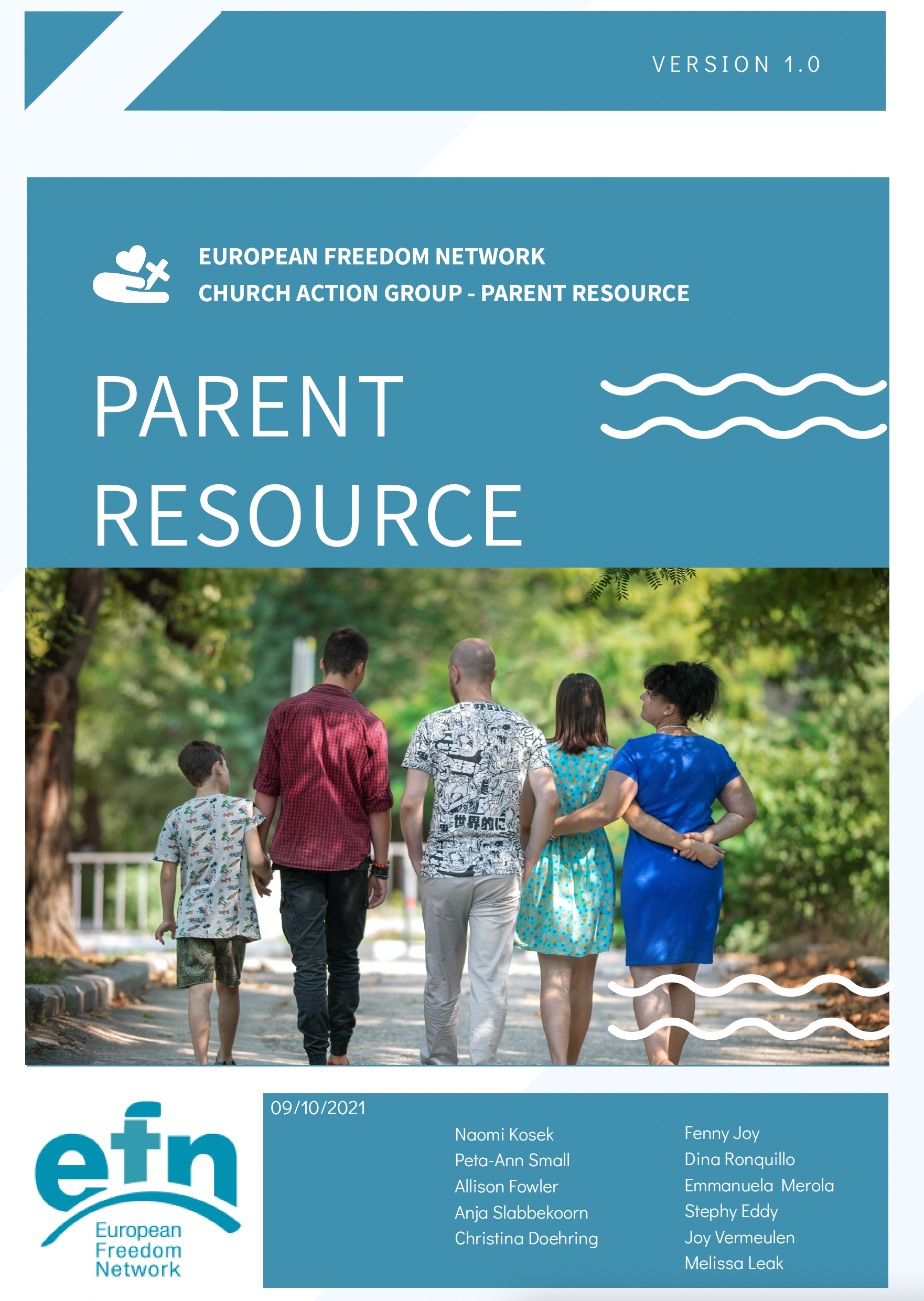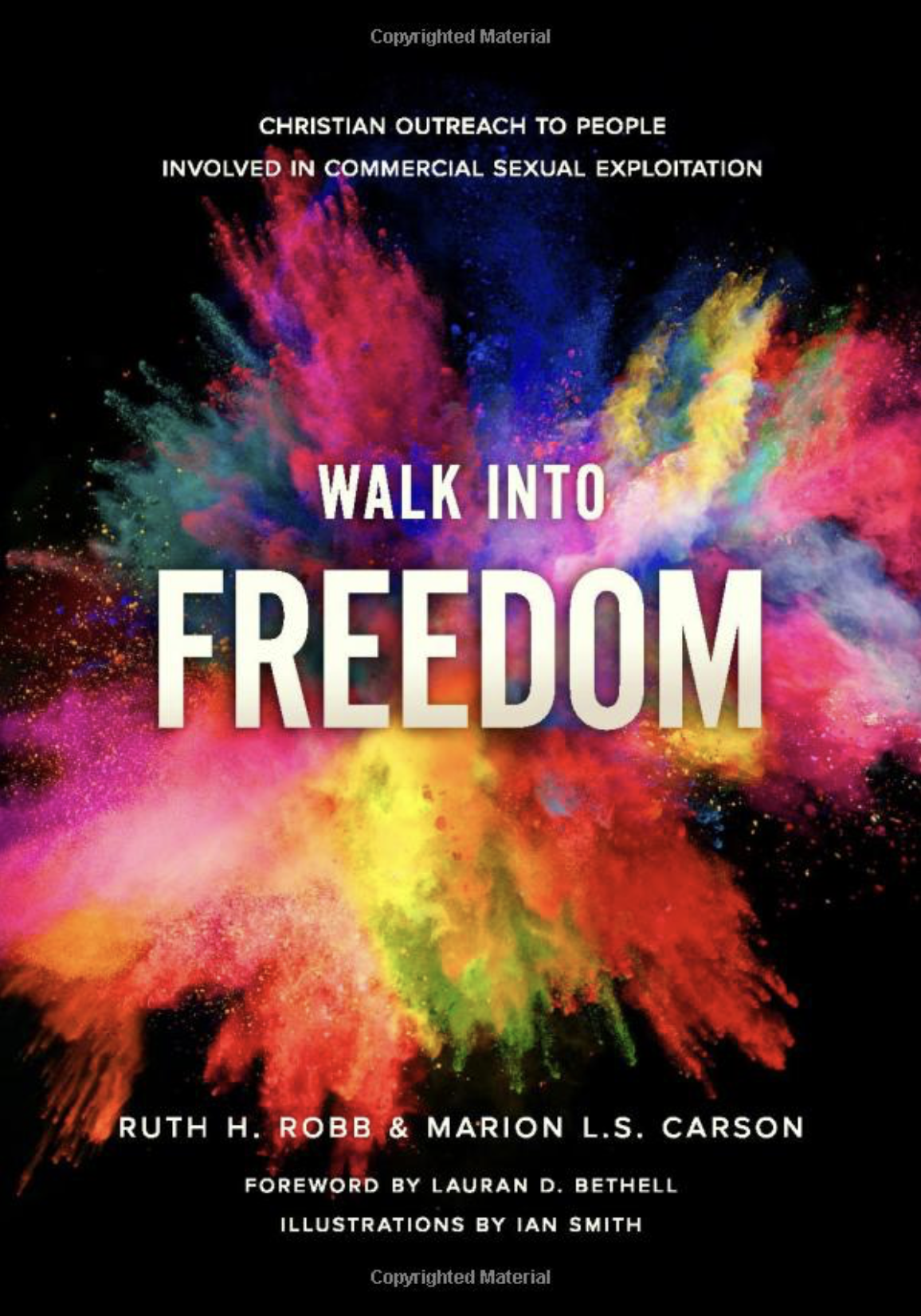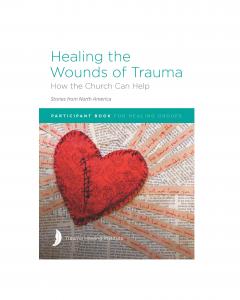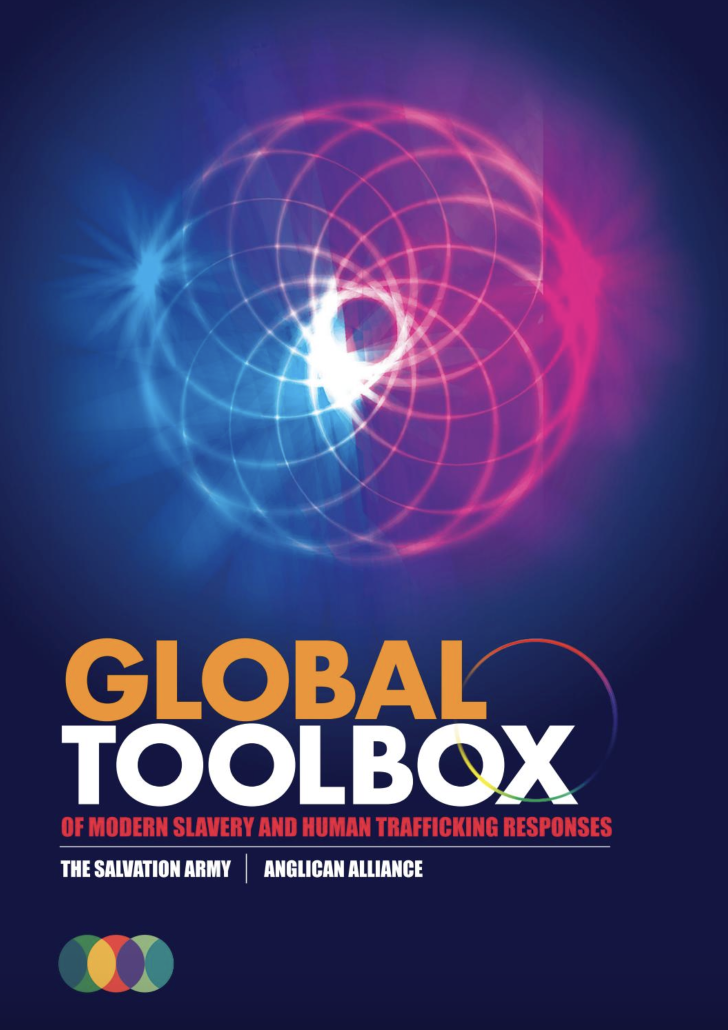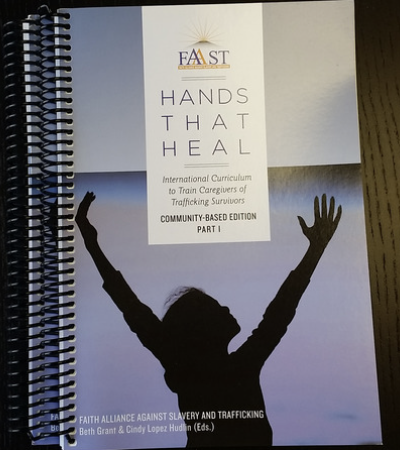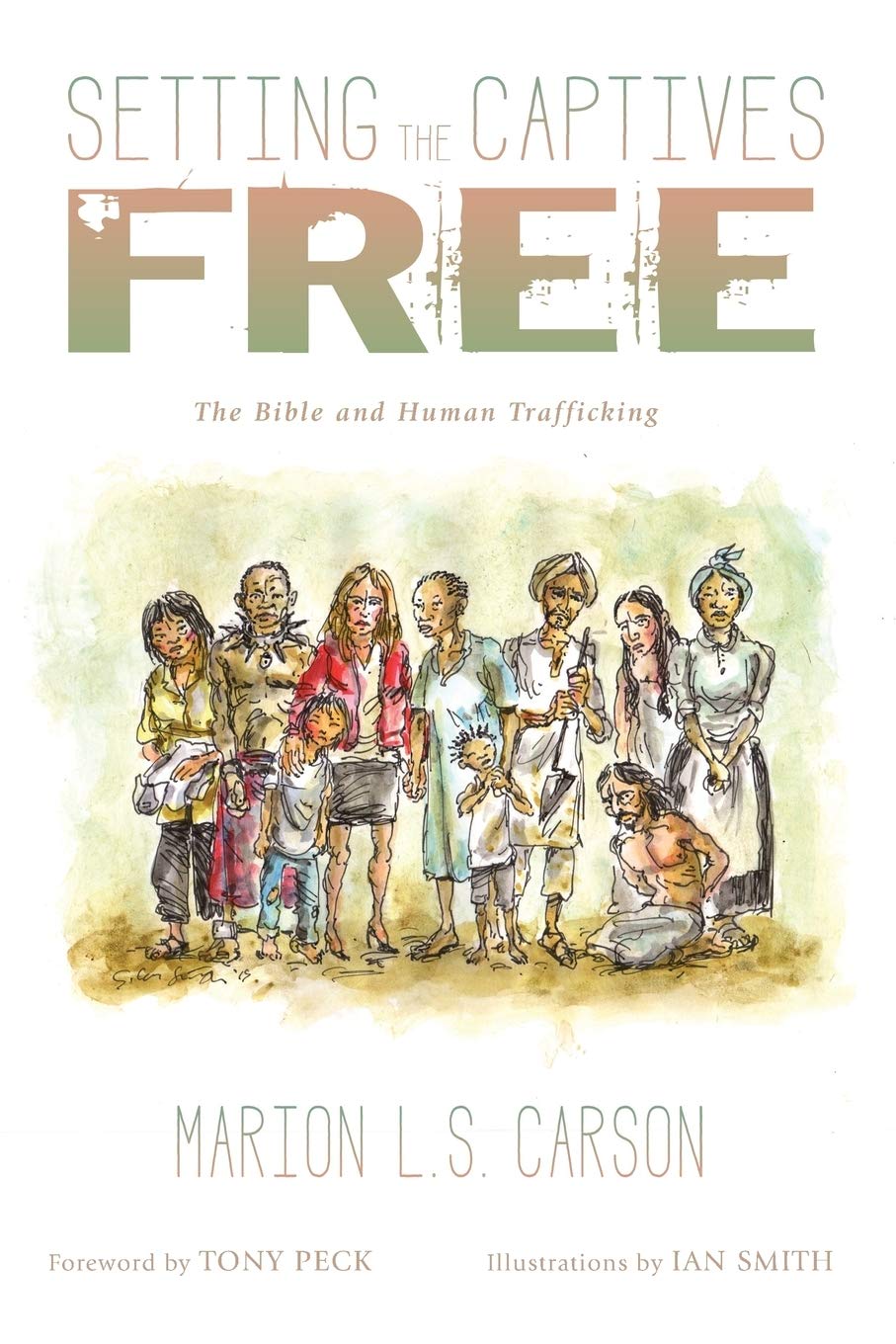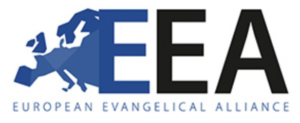RESOURCES
EFN values rigorous research and recommends the following resources.
RECOMMENDED RESOURCES
EFN has curated resources in these main areas:
POSITION PAPERS
EFN makes official stands on issues associated with human trafficking and commercial exploitation.
NRM REPORT
EFN is excited to announce the release of a new report focussing on national referral mechanisms. The data for this report was gathered at the 2022 Bridge Conference in Sarajevo. The report focuses on the experiences of EFN organisations when collaborating and contributing to the national referral mechanisms. The report discusses how organisations understand the role of NRMs and how collaboration is negotiated. Finally, the report concludes with a list of recommendations for the Christian anti-trafficking community and their continual work within NRM systems.
Why should we care about due diligence?
There are over 50 million people in modern slavery today. It is estimated that 21 million people are caught in situations of forced labour or exploitation. Forced labour and human rights abuses of workers are endemic across several sectors of the global economy, like textile, industry, new technologies, construction work, minerals extraction, etc.. Due diligence is first and foremost, a moral obligation on businesses, especially with global activities, to check their supply chains in order to prevent voluntary or involuntary adverse effects on human, social and environmental rights.
Why human trafficking is every christian’s concern
In this brief article, I would like to make two points which I hope will persuade Christians that modern-day slavery is the concern of every one of us, and that we all should be doing whatever we can to work against it. The Bible makes it very clear that God takes bringing freedom and justice to the vulnerable very seriously indeed and that he expects his people to do the same. His desire that human beings should be able to live free and dignified lives is a thread which goes throughout the whole of the Bible.
The Duties of the Authorities within European Union Member States regarding Victims of Human Trafficking
European Union legislation already requires or requests Member States to do many things regarding human trafficking. Here is a summary of the main points focused on how they treat Victims of Human Trafficking (VoTs). Please refer especially to Directive 2011/36/EU and Directive 2004/81/EC See also the separate EFN text on other responsibilities of the authorities in EU Member States - which put many more requirements upon them.
Duties of the authorities in EU Member States
European Union legislation already requires or requests EU Member States to do many things regarding human trafficking. Here is a summary of the main points. Please refer especially to Directive 2011/36/EU . See also the separate EFN text on the the rights of Victims of Trafficking – which put many more requirements on the authorities.
EFN Terminology Guide
The issue of terminology is complex and nuanced and as understanding increases, terminology evolves. EFN believes that the words we use matter. They matter in helping us to be clear on our position against all forms of exploitation of persons and in ensuring the dignity of the person.
RECOMMENDED RESOURCES
EFN has curated this recommended reading list from academic and well researched sources.
Working with Transgender People in the Sex Trade
This manual was written and compiled by the Transgender [...]
Resources for WWO Europe
The following list of curated resources have been [...]
EU Strategy on Combatting Trafficking in Human Beings 2021-2025
The European Commission released its strategy on Combatting Trafficking in Human Beings for 2021-205 on April 14, 2021.
Guidance Note of the Use of Victims’ Images 2016
A face can tell a million stories and over the years humanitarian campaigns have relied on the use of imagery to raise awareness, raise funds and mobilise support. Over time a very strong link has developed between humanitarian assistance and imagery. In particular, the faces of victims are often used as part of victims’ voice to communicate their stories or a means to reinforce a message. This “humanitarian narrative” has been and continues to be used to bridge the distance between the victim and the audience, allowing the stories to be heard and making the stories more accessible. Using victims’ images and often, the misuse of such images, raise important ethical questions. Hence, one must evaluate closely whether such use is acceptable and that the victims’ best interest should be the primary consideration and their autonomy and rights must be respected at all times.
Sharing Our Strengths | John Frame
Understanding similarities and differences between faith-based and non-faith-based anti-trafficking NGOs with Recommendations for Improved Partnership and Effectiveness. This study contributes knowledge about anti-trafficking faith-based and non-faith-based NGOs—how they compare in their goals and mission, why they do what they do, the care philosophies and services that they have, and how they can work together. This report is based on research conducted in Cambodia on anti-trafficking Christian faith-based organisations (FBOs) and non-faith-based NGOs, as well as collaboration after the study to present the findings (with recommendations) in an accessible and helpful way to a global audience of anti-trafficking professionals.
CHURCH RESOURCES
These resources are specifically designed to help the wider church respond to human trafficking and commercial exploitation.
Parent Resource on Human Trafficking | EFN Church Action Group
The Parent Resource is designed to help equip and empower parents with practical tools to engage in meaningful conversations around tough topics like: trafficking; sex; pornography and grooming; in a healthy, relevant, safe and age appropriate manner.
Walk Into Freedom: Christian Outreach to People Involved in Commercial Sexual Exploitation | Ruth Robb & Marion Carson
Walk into Freedom is a practical manual for Christians who want to enable people to leave commercial sexual exploitation. The result of decades of experience, it will guide you through the stages of building up a ministry, from initial street outreach to establish ing a charity. Grounded in Biblical teaching throughout, it provides essential training material on teamwork, health, trauma, addiction and recovery, exiting, discipleship and spirituality.
Healing the Wounds of Trauma: How the Church Can Help – 2021 Edition | American Bible Society
Healing the Wounds of Trauma: How the Church Can Help offers a practical approach to engaging the Bible and mental health principles to find God’s healing for wounds of the heart. “Healing the Wounds of Trauma”, together with its Facilitator’s Guide, offers a simple method of “therapy”. It brings a group of people together in a safe place, where they can help each other heal. It is a holistic and Bible-based approach to helping people heal from trauma that recognizes that trauma affects every part of a person: mind, body, and spirit. Lessons use art, stories, activities and questions to help people engage deeply with themselves, with God, and with each other.
Global Toolbox of Modern Slavery and Human Trafficking Responses | Salvation Army & Anglican Alliance
Toolbox of ideas for Church responses at different levels by the Global Anglican Alliance and the international Salvation Army, with input from many other faith and government actors. This resource helps churches engage with issues of trafficking, suggesting a wide variety of possible responses. It covers all forms of Modern Slavery and explains theologically why this is an issue for the church, including the need for prayer. The toolkit contains both practical suggestions and advice on building connections both locally and nationally.”
Hands That Heal | Faith Alliance Against Slavery and Trafficking
The Hands That Heal curricula was developed to provide a comprehensive approach for Christian aftercare providers. It provides a foundation for further more localized and specialized training. The curricula was written by an international group of 40 writers (both academics and practitioners) and published in two forms: a community-based curriculum for training organizations and churches and an academic curriculum for use in universities, colleges, and seminaries. The community edition is available in 14 languages. I have used the curriculum in introductory seminars with organizations and churches interested in human trafficking for sexual purposes. Here in Paris, we require anyone interested in being a volunteer with #25 @Porteurs d’Espoir to complete the Hands That Heal training as part of the application and screening process. – Joni L. Middleton, Project Rescue Europe
Setting the Captives Free: The Bible and Human Trafficking | Marion L.S. Carson
In Setting the Captives Free Marion Carson sets out to answer the question, what does the Bible say about human trafficking? Aimed at Christian anti-trafficking activists and church groups, the book offers an overview of the biblical material on slavery and the sex trade. Acknowledging that there is a difference between the biblical worldview and most Christians today with regard to slavery, it suggests that we can learn much from the Abolitionists of the eighteenth and nineteenth centuries. Following their example, it reads the biblical text through the lens of the law of love. Each chapter provides study questions and is illustrated throughout.

